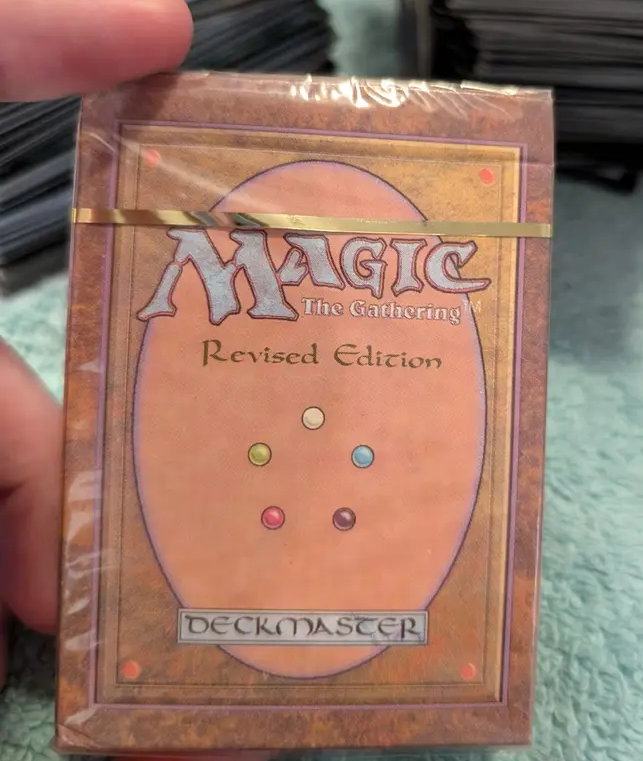
I’ve skied over 90 resorts in Switzerland – this one is the best
The Swiss mountains have it all but which resort reigns supreme? One veteran skier makes his choice
Zermatt provides a magical combination of just about everything you could hope to find in a ski resort. All keen skiers should make the pilgrimage there at least once in their lifetime. Yes, it’s expensive (like all Swiss resorts) – but it’s well worth scrimping and saving for.
I first visited on a day trip from Saas-Fee in 1985 and was hooked by its fabulous, high, snowsure slopes, wonderful long runs amid stunning scenery, excellent mountain restaurants and charming car-free village.
Since then I have returned over a dozen times, often for a week’s holiday with friends and my non-skiing wife. They’ve all loved it too – here’s why.
Snow-sure pistes and heli-skiing
Zermatt’s own slopes span several spectacular peaks in four main sectors and link to Cervinia’s ski area in Italy too – offering over 360km of runs in total. There’s skiing for all standards – including a great little beginner area, easy blue runs, plenty of long reds and challenging blacks and unpisted ski routes.
Heli-skiing is huge in Zermatt
It’s very snowsure too, with lots of runs over 2,500m, a big glacier area and extensive snowmaking. I’ve visited many times in late-March and never had poor snow – a promise that is becoming increasingly rare across the Alps.
Uniquely for Europe, there’s a big heli-skiing operation too. The run starting at 4,200m on the Monte Rosa glacier is one of the best on the planet – it transports skiers away from all the lifts through dramatic glacial scenery. It’s 16km long and takes three to four hours to complete.
World-famous views in easy reach
When I first visited Zermatt the lift system was very fragmented, even by 1980’s standards – buses or taxis were required between some of the sectors. What’s more, to get between two of the peaks, you had to walk along a narrow path with a sheer drop on one side and a rope to hang onto on the other, while your skis were transported in a cable car box. How different it is now.
With powerful gondolas, cable cars and fast chairlifts linking all sectors efficiently, even pedestrians can travel from Zermatt across the international border to Cervinia and back in comfort.
Zermatt’s trademark and logo is the spectacular Matterhorn mountain. It can be seen from all over the ski area and most of the village. To see it in all its glory, I love taking the quaint cog railway up from the village to Gornergrat – sit on the right-hand side for uninterrupted views of this magic mountain for the 30-minute journey.
Just as breathtaking are the stupendous vistas of glaciers and crevasses from Gornergrat and on the gondola ride from Trockener Steg (2,940m) to the Klein Matterhorn (3,880m) – sit on the left-hand side this time for a front-row seat.
The world’s best mountain restaurants
Lunch in Zermatt is a big deal and there are over 50 mountain huts to choose from, most with ancient, cosy wooden interiors and large terraces with stunning views of the Matterhorn. My favourites include Chez Vrony and Findlerhof (aka Franz and Heide’s) below Sunegga, Fluhalp (higher up in an isolated piste-side position, often with live music on the huge terrace) and tiny Zum See below Furi.
All serve traditional Swiss dishes but specialise in delicious (and pricey) gourmet cuisine, including duck, lamb and often fish. I also love the Italian food at Al Bosco at Riffelalp. Booking is essential everywhere – this is one of the world’s most popular resorts after all.








